
11+ School Counselor Lesson Plan Templates in PDF | Word
Empowering the youth to become the best can be such a fulfilling task to accomplish. But, school counselors proved that…
Apr 10, 2020
In any kind of undertaking, it’s hard to deal with it without a plan. A plan is important regardless of the type of work you are doing. It gives you direction and guides you throughout the process. But in order for a plan to effectively cater its purpose, you must have the right people and resources to execute it. This is where the magic of a strategic plan comes in.

For some, drafting a strategic plan can be time consuming and stressful. To guide you through the process, we have here 39+ strategic planning templates and samples that you can use for your company or in your personal capacity. Feel free to check out our free strategic planning templates for your references.
 pcaobus.org
pcaobus.org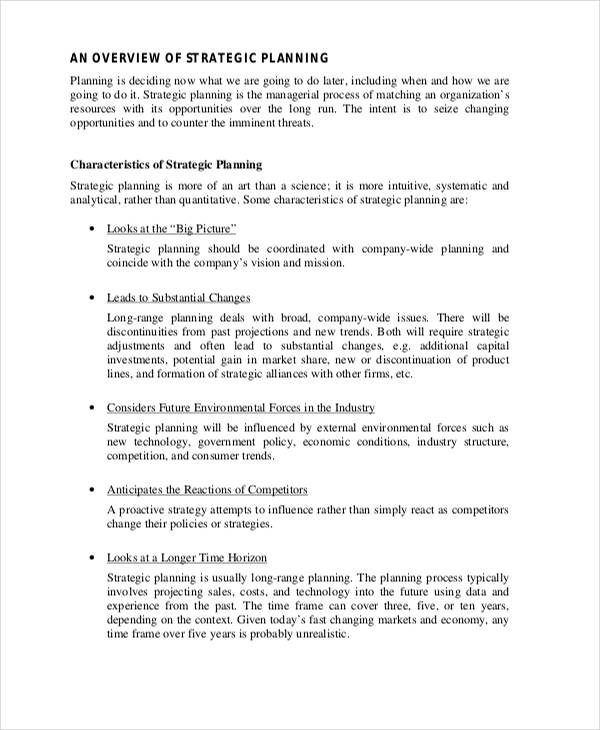 publications.dyson.cornell.edu
publications.dyson.cornell.edu one.nhtsa.gov
one.nhtsa.gov cincinnatichildrens.org
cincinnatichildrens.org uhmb.nhs.uk
uhmb.nhs.uk web.uri.edu
web.uri.edu northwestern.edu
northwestern.edu sido.go.tz
sido.go.tz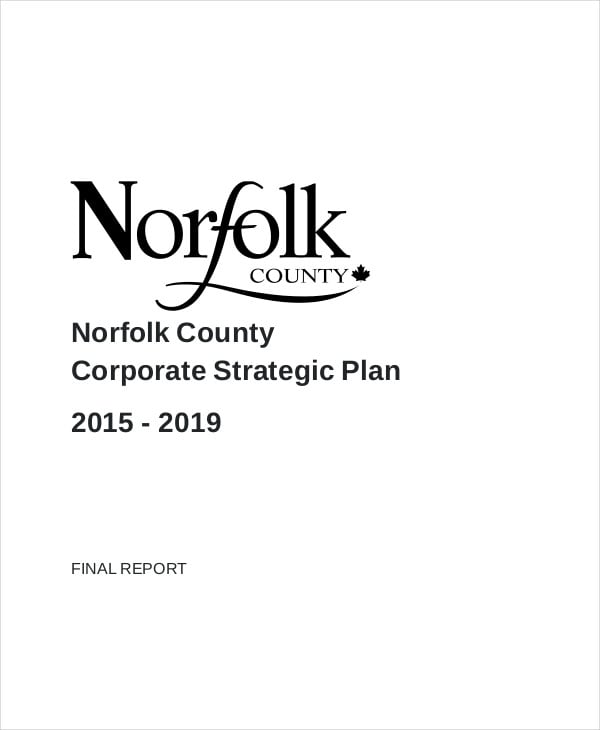 norfolkcounty.ca
norfolkcounty.ca olympus-global.com
olympus-global.comWhen we deal with the term planning in general, it is about organizing for an activity that you’ll be doing in the future and how you are going to deal with it. In contrast to this, strategic planning is specific in nature. Here are some of its characteristics:
These are some of the emphasis and heart of strategic planning. It is a method that helps build a sustainable and successful company, if effectively executed.
According to research, a strategic plan refers to a document whether paper-based or electronic that contains and reinforces the organization’s goals, objectives, methodologies, and any other components that can help realize long-term goals and mission. In terms of definition, how one describes a strategic plan would depend on the field where it is applied. As what you can see, we have strategic plans for marketing, hospitals, schools, corporations, and other recreational activities such as golf clubs.
The overarching purpose of a strategic plan is to conduct an assessment of the current conditions in order to forecast future dynamics and come up with holistic and comprehensive ways to deal with it. In the world of business, it makes your business competitive in the light of a very tight competitive market. Here are some other purpose of a strategic plan:
These are three main purposes of coming up with a strategic plan. To know more strategic planning, we also have strategic planning process templates and samples that you can check out and uses as references.
 industry.visitcalifornia.com
industry.visitcalifornia.com files.gu.edu.ge
files.gu.edu.ge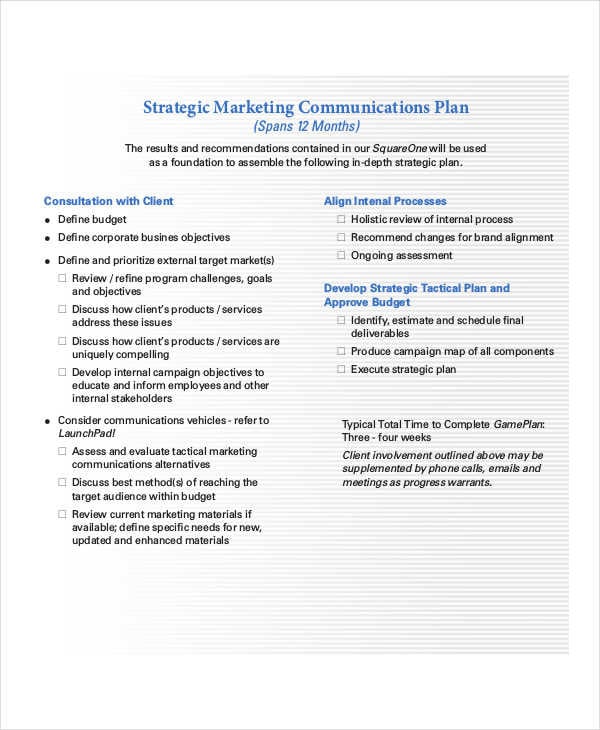 jha-marketing.com
jha-marketing.com waikanaegolfclub.co.nz
waikanaegolfclub.co.nz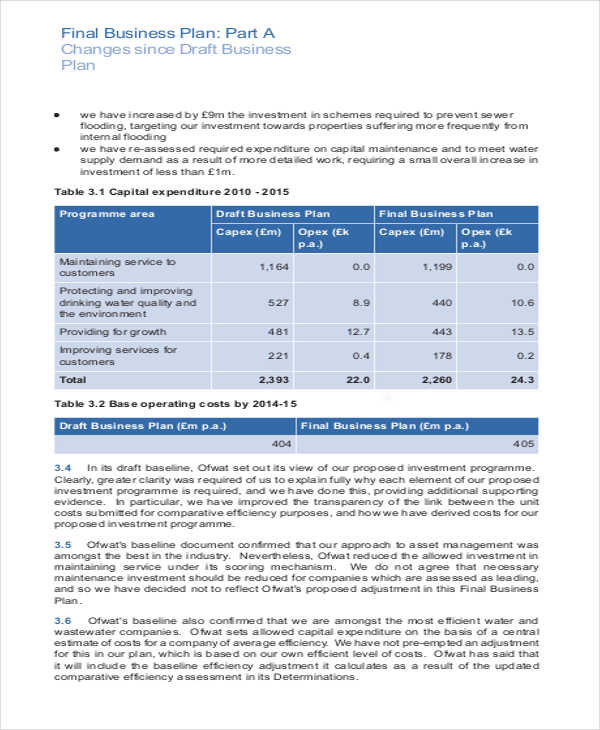 anglianwater.co.uk
anglianwater.co.uk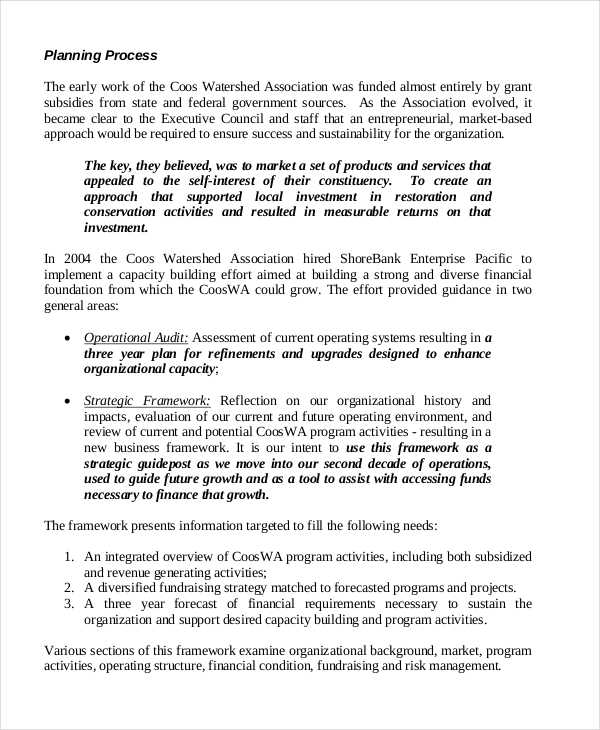 cooswatershed.org
cooswatershed.org igb.ie
igb.ie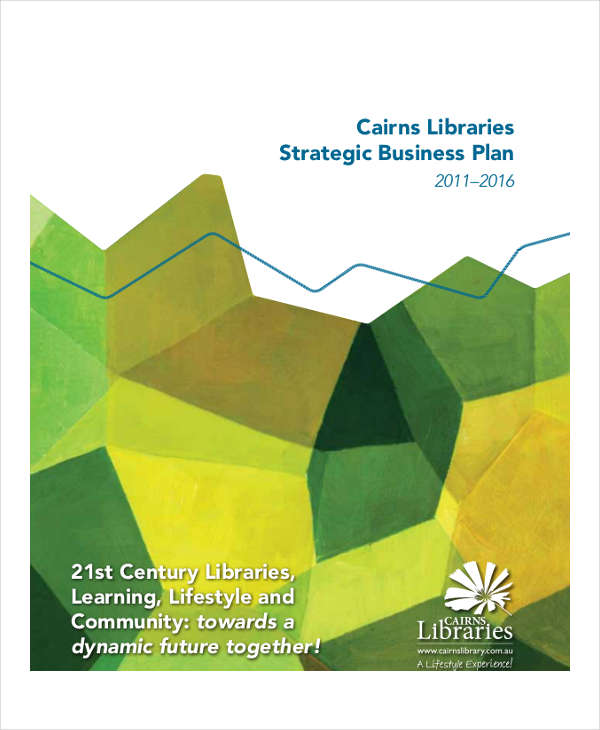 cairns.qld.gov.au
cairns.qld.gov.au ohchr.org
ohchr.org osha.gov
osha.gov kenyaforestservice.org
kenyaforestservice.org c.ymcdn.com
c.ymcdn.com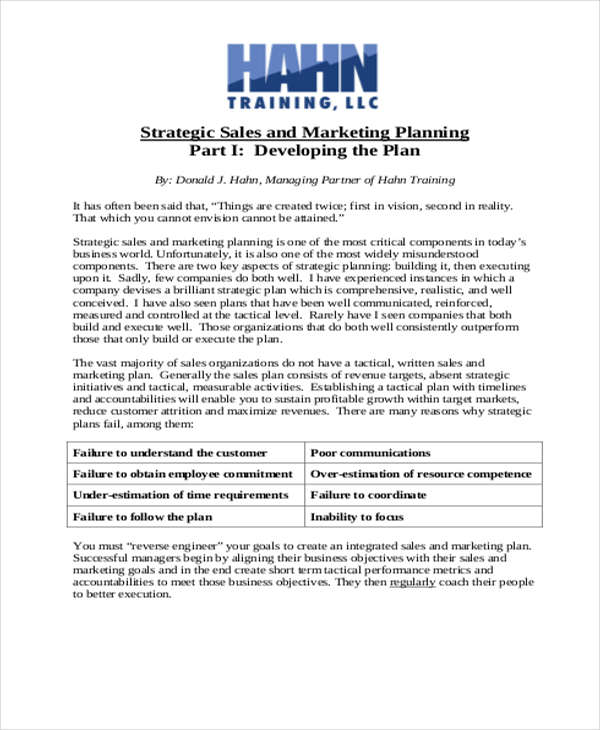 champtrainer.com
champtrainer.com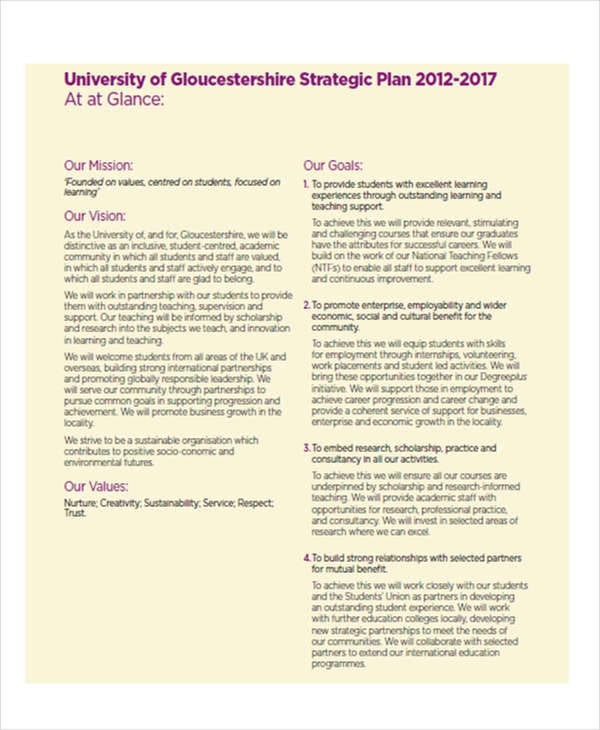 glos.ac.uk
glos.ac.uk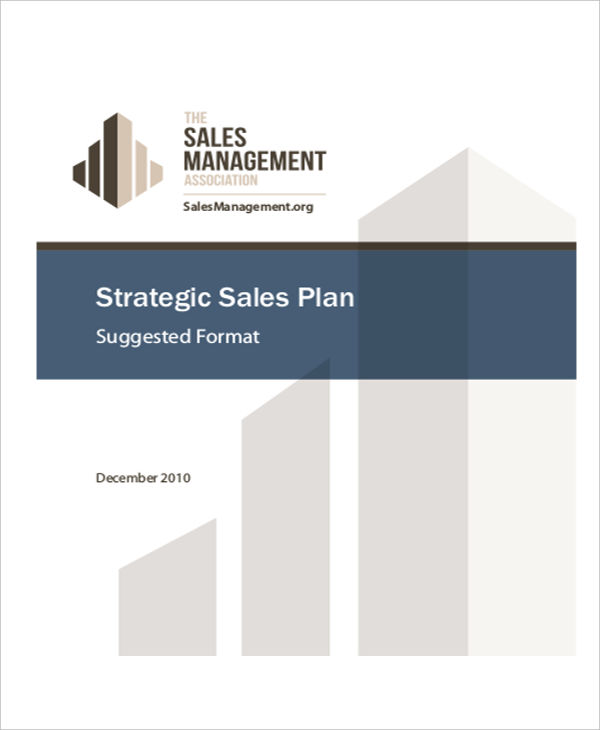 salesmanagement.org
salesmanagement.org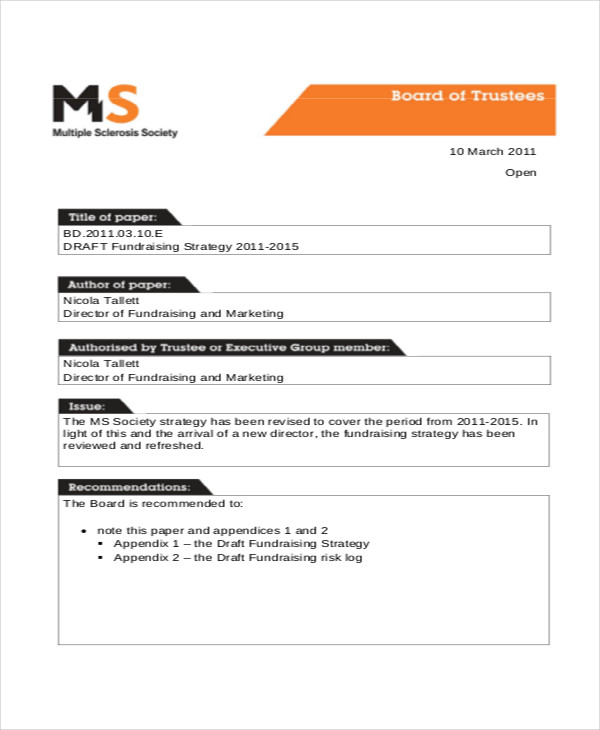 mssociety.org.uk
mssociety.org.uk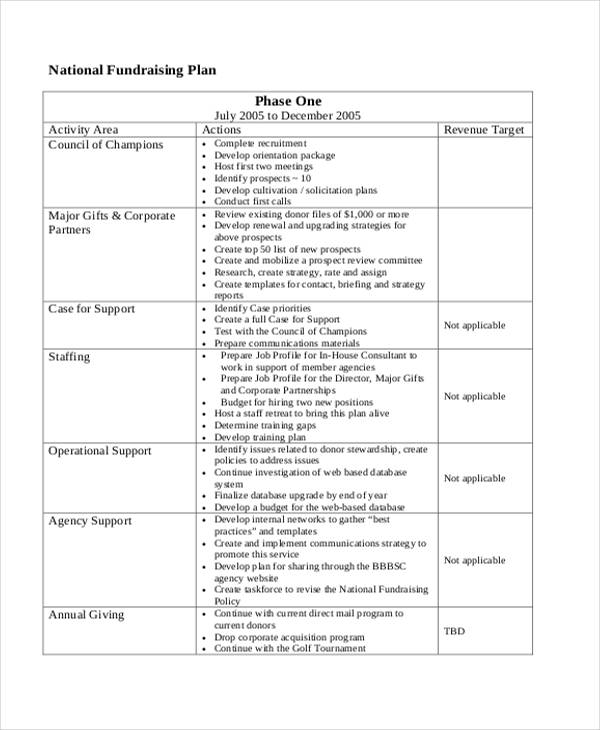 images.template.net
images.template.netThere are different approaches for a strategic plan. Because of this, its contents can vary. There are also common components, however, that are mostly present in a strategic plan. Here are some basic elements of a strategic plan:
These are some common elements of a strategic plan. They can change from one line of business to another depending on the specifics per business.
As you can see from our list of templates, we’ve provided you with a variety of strategic plans that can be applied for a particular purpose. Let’s examine some of them:
If you want to learn more about how a strategic plan is applied in a specific field of interest, download our templates and explore their dynamics.
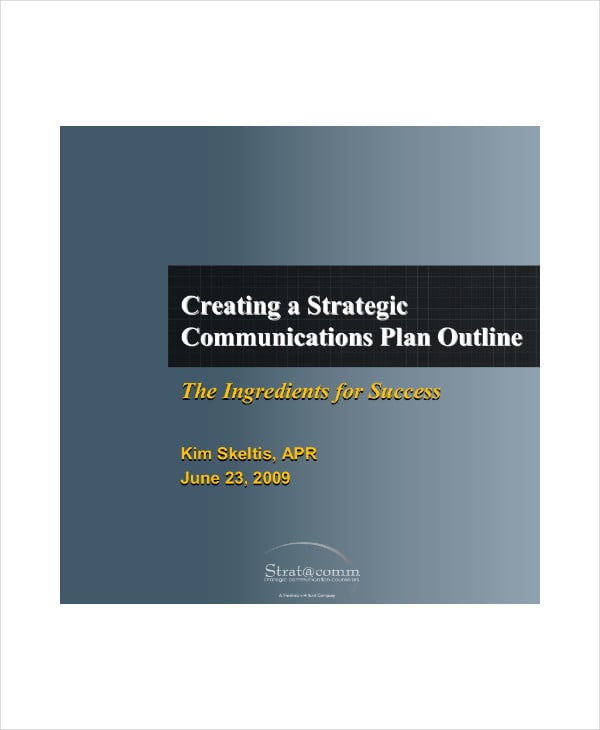 aapa.files.cms-plus.com
aapa.files.cms-plus.com digitalcommons.calpoly.edu
digitalcommons.calpoly.edu nspra.org
nspra.org vbgov.com
vbgov.com ovc.gov
ovc.gov fda.gov
fda.gov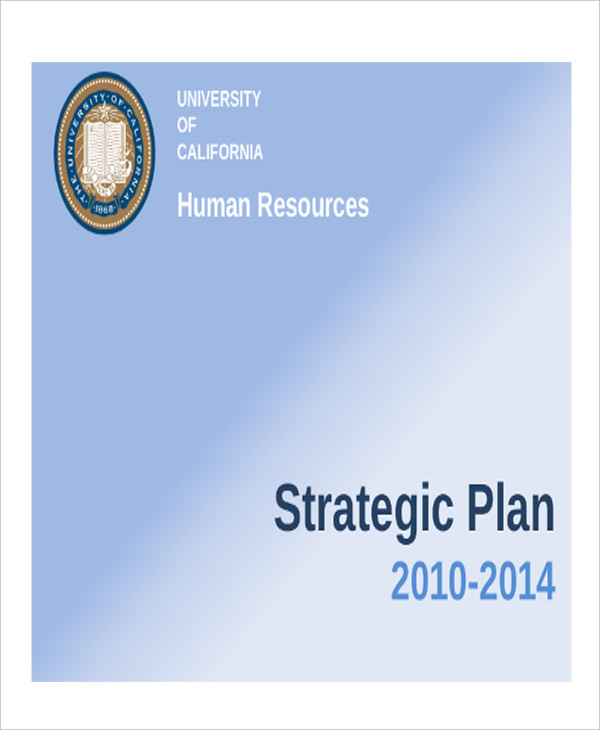 ucop.edu
ucop.edu csc-scc.gc.ca
csc-scc.gc.ca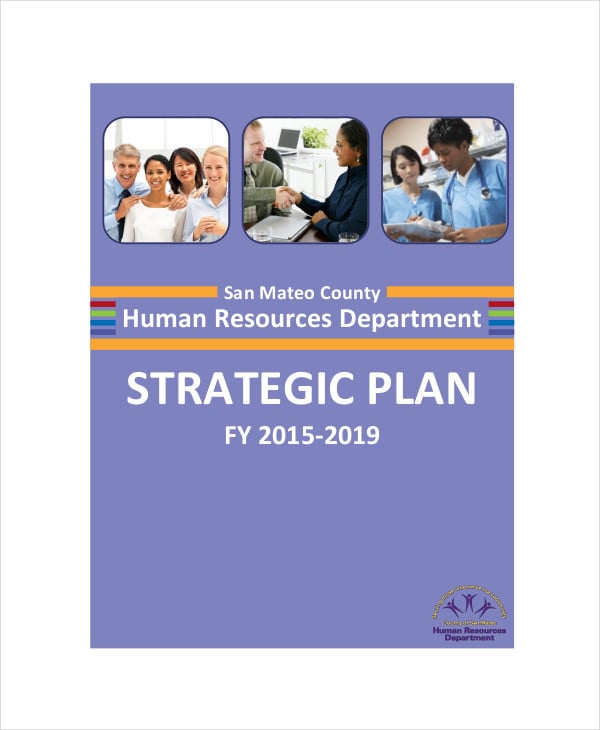 hr.smcgov.org
hr.smcgov.org haltonhills.ca
haltonhills.ca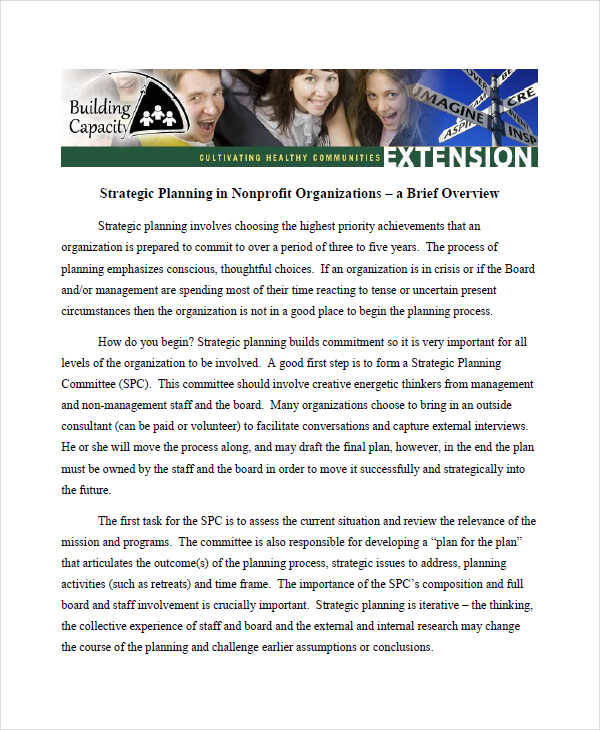 uvm.edu
uvm.edu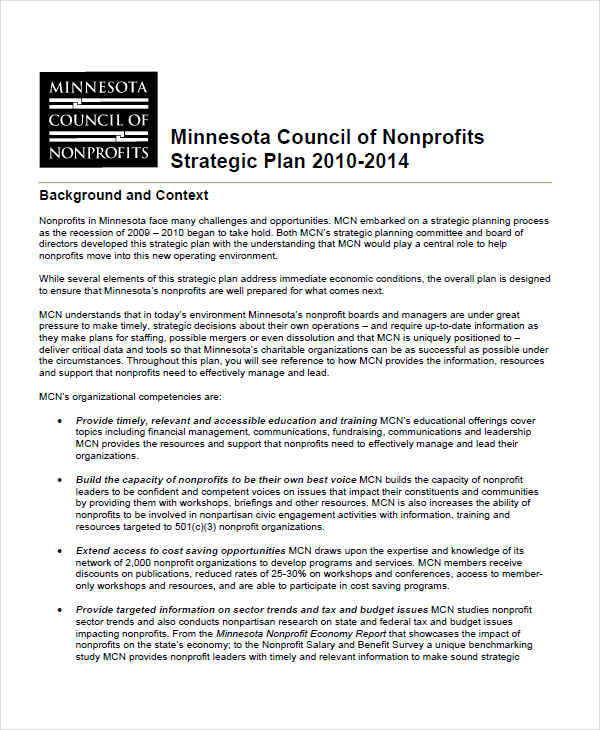 minnesotanonprofits.org
minnesotanonprofits.orgAfter knowing the basic elements of a strategic plan, you are now ready to make delve into the process of making one. Here are 7 key basic steps that you can use in the process of creating your own strategic plan:
These are some basic steps in writing a strategic plan. In the process, you can modify and improvise the steps to suit your own preferences and interests. Speaking of plans, we also have action agenda planning templates and action plan templates that you can refer to.

Empowering the youth to become the best can be such a fulfilling task to accomplish. But, school counselors proved that…

A compensation plan is the detailed plan of an employee’s wages, salaries, benefits and the terms of payment. The plan…

As there is a saying that ” with big positions comes the big responsibilities”. It is the huge duty to…

The student recruitment plan is one of the most important and essential parts of educational institutions. The strategy interacts with…

The recruitment and retention are two different terms explaining the thing that is inter-related. Recruitment is the process of identifying,…

A College Recruitment Plan is the designed plan or a strategy that is developed to recruit the employees of a…

A Recruitment Action Plan is a strategy that is designed for putting the recruiting process into action. This is the…

A recruitment business plan is one of the necessities for a company. It does not just help you to map…

Clinical trial recruitments are considered to be very essential to the success of any clinical study and it is often…